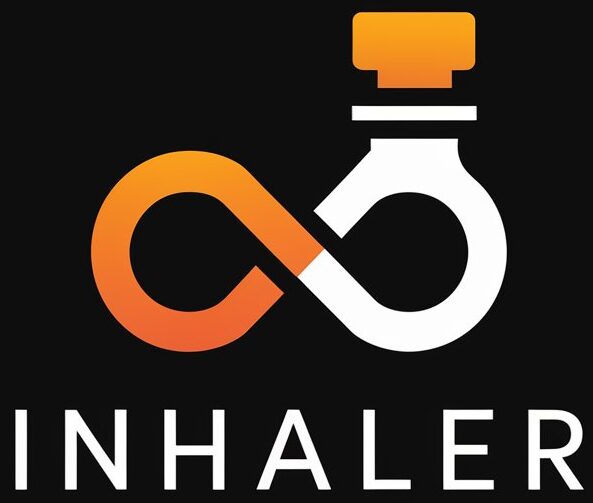Asthma, a chronic inflammatory disease of the airways, is a widely prevalent condition across the world. For asthma sufferers, having a rescue medication within arm’s reach is crucial for averting severe attacks and facilitating normal breathing. The efficacy of these medications is thus an area of significant interest and continued research. This article embarks on a comprehensive exploration of the potency and effectiveness of different asthma rescue medications.
Understanding Asthma and Rescue Medications
In individuals with asthma, their airways often become swollen, narrowed, and produce extra mucus, which significantly complicates the process of breathing. Asthma can be life-threatening, and it is essential to treat and moderate it effectively. Rescue medications, aptly named because of their immediate, life-saving function, are drugs used to assuage the symptoms of an asthma attack instantaneously. They help to relax the muscles around the airways (bronchodilators), which widen the airway and alleviate symptoms such as coughing, wheezing, shortness of breath, and chest tightness.
Types of Rescue Medications
Rescue medications are generally categorized into three groups: Short-Acting Beta2-Agonists (SABAs), Anticholinergics, and Systemic Corticosteroids.
Short-Acting Beta2-Agonists (SABAs)
SABAs are the most commonly used and well-recognized asthma rescue medications. They work quickly, relaxing the tightened muscle bands around the airways, widening them and opening up the respiratory passages. Albuterol and levalbuterol are common SABAs.
Anticholinergics
Anticholinergics, such as ipratropium bromide, effectively reduce mucus production in the airways and are often used alongside SABAs to manage severe asthma attacks. While not as fast-acting as SABAs, combining these two types of medications offers a more comprehensive approach to treating extreme flare-ups.
Systemic Corticosteroids
Systemic corticosteroids, or oral steroids, are potent anti-inflammatory drugs. While they do not work as swiftly as SABAs or anticholinergics, they are highly effective in managing severe or persistent asthma attacks by reducing inflammation and mucus production in the airways.
Efficacy of Rescue Medications
Several clinical trials and studies have shown the undeniable efficacy of these three types of asthma rescue medications. SABAs have been found to be highly effective at providing rapid and short-term relief during an asthma attack. Anticholinergics, though slower in action, provide added benefits when used with SABAs.
Systemic corticosteroids may take a little longer to kick in, but their potent anti-inflammatory effects prove immensely successful in managing severe and persistent episodes. However, due to their potential side effects, they are typically prescribed for short-term use.
Conclusion
Asthma is a far-reaching and complex disease, but with appropriate and timely intervention, it can be effectively managed. The different types of asthma rescue medications serve as valuable tools in this management process. By providing swift and potent relief during an asthma attack, they perform an invaluable function, potentially saving lives. It is essential, however, for patients to use these medications under proper medical supervision due to potential side effects and to ensure optimum efficacy.
Frequently Asked Questions
1. What are the common side effects of rescue medications?
Common side effects include rapid heart rate, restlessness, and tremors. They usually subside once the medication wears off.
2. Can rescue medications be used as a long-term treatment option?
No. Rescue medications are used for sudden flare-ups and severe symptoms. Long-term control of asthma requires daily medications referred to as controller medications.
3. How quickly do rescue medications work?
SABAs start working within minutes. Anticholinergics and corticosteroids take a little longer.
4. Can overuse of these rescue medications lead to complications?
Yes. Over-reliance on these medications can lead to decreased responsiveness over time, requiring higher and more frequent doses.
5. Should I always carry my rescue medications?
Yes. Carrying rescue medications at all times is critical for asthma patients, as flare-ups can occur unexpectedly.

